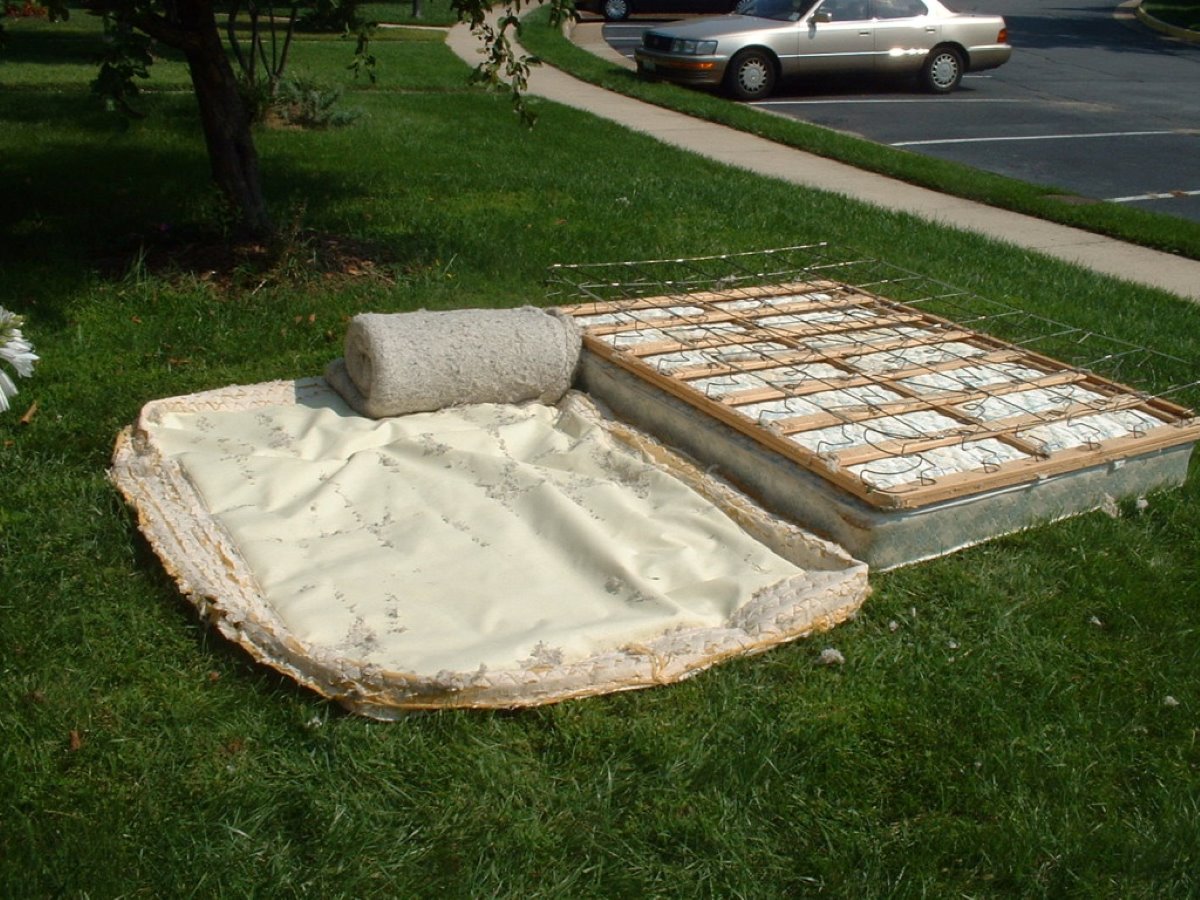

Articles
How To Store A Box Spring
Modified: January 5, 2024
Learn the best techniques and tips for storing a box spring in this informative articles. Ensure your box spring stays in great condition during storage.
(Many of the links in this article redirect to a specific reviewed product. Your purchase of these products through affiliate links helps to generate commission for Storables.com, at no extra cost. Learn more)
Introduction
When it comes to moving or decluttering your home, storing bulky items like a box spring can be quite challenging. Box springs are typically large, heavy, and not easily stored in regular storage spaces. However, with the right knowledge and preparation, you can safely store a box spring and protect it from damage.
In this article, we will walk you through the step-by-step process of storing a box spring. From cleaning and disassembling the box spring to choosing an appropriate storage location and properly wrapping it for protection, we will cover everything you need to know to ensure your box spring remains in excellent condition during storage.
So, whether you are moving to a new home, downsizing your living space, or simply need to store your box spring temporarily, let’s dive into the details and learn how to store a box spring effectively.
Key Takeaways:
- Properly cleaning, disassembling, and wrapping your box spring before storage ensures its protection from damage, dust, and moisture, preserving its quality for future use.
- Regularly checking and maintaining your stored box spring helps identify and address potential issues early, ensuring its continued quality and functionality.
Read more: What Is A Box Spring Mattress
Step 1: Clean and Prepare the Box Spring
Before storing your box spring, it’s important to clean it thoroughly to remove any dirt, dust, or stains. Start by vacuuming the entire surface of the box spring, paying special attention to the corners and edges. Use a brush attachment to loosen and remove any debris that may be trapped in the fabric or crevices.
Next, inspect the box spring for any stains or spills. If you notice any, use a mild detergent or upholstery cleaner to spot clean the affected areas. Be sure to follow the instructions on the cleaning product and test it on a small, inconspicuous area of the box spring before applying it to the entire surface.
After cleaning, give the box spring sufficient time to dry completely. This is important to prevent any moisture from getting trapped inside and causing mold or mildew during storage. If possible, consider placing the box spring in a well-ventilated area or using fans to speed up the drying process.
Once the box spring is dry, it’s a good idea to inspect it for any damage or weak spots. Check for loose or broken springs, sagging areas, or torn fabric. If you notice any issues, consider repairing or replacing the damaged parts before storing the box spring.
In addition to cleaning and inspecting, you may also want to consider covering the box spring with a protective material. This will provide an extra layer of protection against dust, dirt, and potential damage during the storage period. Plastic mattress covers or specialized box spring covers are readily available and can help keep your box spring in pristine condition.
By taking the time to thoroughly clean and prepare your box spring, you ensure that it is ready for safe and secure storage. So, let’s move on to the next step and learn how to disassemble the box spring.
Step 2: Disassemble the Box Spring
Disassembling the box spring is an essential step in storing it as it helps reduce its size and make it easier to handle. Follow these steps to disassemble your box spring:
- Start by removing any bedding, including mattress protectors or covers.
- Look for any screws or fasteners that hold the box spring together. These are usually located on the corners or sides of the frame. Use a screwdriver or appropriate tool to remove them.
- Once the screws are removed, carefully lift the top of the box spring off the frame. Set it aside in a secure location.
- If your box spring has a wooden frame, you may need to unscrew or detach any wooden slats or support beams. Follow the manufacturer’s instructions or consult a professional if needed.
- Once the frame and top are separated, you can further disassemble the box spring by removing the metal or wooden slats that support the mattress.
- Store the screws, fasteners, and any other disassembled parts in a labeled bag or container to keep them organized and easily accessible when reassembling the box spring.
Disassembling the box spring not only makes it more manageable for storage but also reduces the risk of damage during the moving and storing process. However, if you are unsure about disassembling your box spring or if it has a warranty that could be voided by disassembly, it’s best to consult the manufacturer or a professional for guidance.
Now that you have successfully disassembled the box spring, let’s move on to the next step and explore how to choose an appropriate storage location.
Step 3: Choose an Appropriate Storage Location
Choosing the right storage location for your box spring is crucial to ensure its safety and longevity. When considering a storage space, keep the following factors in mind:
- Adequate space: The storage area should have enough space to accommodate the size of your disassembled box spring. Measure the dimensions of your box spring and ensure that the storage space has enough room to fit it comfortably.
- Climate control: Extreme temperatures and humidity can damage your box spring. Consider choosing a storage facility that offers climate control, especially if you live in an area with fluctuating weather conditions. This will help protect the box spring from warping, mold, mildew, or other moisture-related issues.
- Clean and dry environment: Look for a storage location that is clean, dry, and free from pests. Moisture, dust, and insects can cause damage to your box spring over time, so ensure that the storage area is well-maintained and regularly inspected.
- Security measures: It’s important to store your box spring in a secure facility. Consider storage options with features like surveillance cameras, gated access, and security guards to prevent theft or unauthorized access.
- Accessibility: Think about how often you may need access to your stored box spring. If you anticipate needing frequent access, opt for a storage facility that offers convenient access hours and easy retrieval of your belongings.
Once you have identified a suitable storage location, make sure to prepare the space before storing your box spring. Clean the area, remove any obstacles, and, if necessary, place a protective barrier on the floor to prevent moisture or pests from reaching the box spring.
By choosing the right storage location, you can ensure that your box spring remains in optimal condition throughout its time in storage. Now, let’s move on to the next step and learn how to wrap and protect the box spring.
When storing a box spring, it’s best to keep it elevated off the ground to prevent moisture damage. Use a mattress bag or cover to protect it from dust and dirt.
Step 4: Wrap and Protect the Box Spring
Properly wrapping and protecting your box spring is essential to safeguard it from dust, dirt, moisture, and potential damage during storage. Follow these steps to ensure your box spring remains in pristine condition:
- Start with a clean surface: Before wrapping, ensure that your box spring is clean and free from any dust or debris. This will prevent dirt from being trapped inside during storage.
- Consider using a mattress or box spring cover: Utilizing a cover specifically designed for box springs provides an extra layer of protection. These covers are usually made from breathable materials that shield your box spring from dust and moisture while allowing air circulation.
- Wrap with plastic or fabric: If you don’t have a specialized cover, you can wrap your box spring with plastic or fabric. Opt for heavy-duty plastic or furniture wrap that is sturdy and tear-resistant. Ensure that all sides of the box spring are properly wrapped and sealed to keep out moisture and dust.
- Secure the edges: Use strong packing tape or bungee cords to secure the wrapped edges of the box spring. This will help keep the covering in place and provide additional protection against accidental openings or damage.
- Label the package: Attach a label or tag to your wrapped box spring indicating its contents and any specific handling instructions. This will make it easier to identify and handle when you retrieve it from storage.
Additionally, if you have multiple box springs or other items stored together, consider placing a layer of padding or blankets between them to prevent scratches or friction during storage.
By properly wrapping and protecting your box spring, you minimize the risk of damage and ensure a clean and safe storage environment. Now, let’s move on to our next step, which is storing the box spring properly.
Read more: How To Install A Box Spring On A Bed Frame
Step 5: Store the Box Spring Properly
Once your box spring is cleaned, disassembled, and properly wrapped, it’s time to store it in a way that maximizes space and minimizes the risk of damage. Follow these guidelines to store your box spring properly:
- Select the right storage position: If your box spring is still intact, store it on its side to save space. This will help prevent the weight of other items from causing sagging or damage to the springs. If your box spring has been fully disassembled, store the individual components flat on the floor or on a sturdy shelf.
- Keep it elevated: Avoid placing the box spring directly on the floor or ground, as this increases the chances of moisture seeping in. Use pallets, wooden boards, or plastic risers to keep your box spring elevated.
- Organize and maximize space: If you have multiple box springs or other items to store, stack them carefully to save space. Place the heaviest items at the bottom and lighter ones on top. Make sure the stacked items are stable and won’t topple over.
- Avoid placing heavy objects on top: To prevent any potential damage, refrain from stacking heavy items or placing heavy objects on top of your stored box spring. This will help maintain its shape and structural integrity during storage.
- Leave space for air circulation: Allow for some air circulation around your stored box spring to prevent mold or mildew. Avoid tightly packing it against walls or other items, which can limit airflow.
It’s important to note that storing a box spring in a climate-controlled storage unit will provide the optimal environment for preserving its condition. If you’re storing your box spring in an area that is susceptible to extreme temperatures or high humidity, consider using moisture-absorbing products or desiccant packs to minimize the risk of moisture-related issues.
By following these guidelines for proper storage, you can ensure that your box spring remains in excellent condition until it’s time to use it again.
Now, let’s move on to the final step, which is to regularly check and maintain the stored box spring.
Step 6: Regularly Check and Maintain the Stored Box Spring
While your box spring is in storage, it’s important to periodically check and maintain its condition to ensure its longevity. Follow these steps to effectively maintain your stored box spring:
- Regular inspections: Set a schedule to inspect your stored box spring every few months. Look for any signs of damage, pests, or moisture. If you notice any issues, address them promptly to prevent further damage.
- Check for pests: Inspect your storage area for any signs of pests, such as rodents or insects. If you notice any infestation, take appropriate measures to eliminate them and protect your box spring from any damage.
- Ensure proper ventilation: If you’re storing your box spring in an area without climate control, ensure that there is proper ventilation to prevent moisture buildup. Consider using moisture-absorbing products or desiccant packs to keep the storage area dry.
- Re-wrap if necessary: If the wrapping around your box spring shows signs of wear or damage, consider re-wrapping it to maintain its protection against dust and moisture.
- Maintain cleanliness: Keep the storage area clean and free of dust, debris, and potential contaminants. Regularly sweep or vacuum the space to prevent buildup and ensure a clean environment for your box spring.
- Monitor temperature and humidity: If you have stored your box spring in a non-climate-controlled area, monitor the temperature and humidity levels. Extreme temperatures and humidity can cause damage to the box spring, so taking measures to regulate these conditions is important.
By regularly checking and maintaining your stored box spring, you can identify and address any issues early on, ensuring its continued quality and functionality.
Now that you’re equipped with the knowledge of how to store and maintain your box spring properly, you can confidently navigate the process and protect your valuable bedding investment. Remember to follow each step carefully and prioritize the safety and preservation of your box spring throughout the storage period.
Hopefully, this guide has been helpful in guiding you through the process of storing a box spring. Good luck with your storage endeavors!
Conclusion
Storing a box spring may seem like a daunting task, but with the right knowledge and preparation, it can be a smooth and successful process. By following the step-by-step guidelines outlined in this article, you can ensure that your box spring remains in excellent condition during its time in storage.
From cleaning and preparing the box spring to disassembling it, choosing the appropriate storage location, wrapping and protecting it, and finally storing it properly, each step is crucial to maintaining the integrity of your box spring.
Regularly checking and maintaining the stored box spring ensures that any potential issues are addressed promptly and it remains in optimal condition. By inspecting for damage, monitoring for pests, maintaining proper ventilation, and ensuring cleanliness, you can preserve the quality of your box spring for future use.
Remember, when it comes to storing a box spring, it’s important to prioritize cleanliness, protection from moisture and pests, and proper positioning to prevent any damage or distortion. Consider these factors when selecting a storage space and organizing your stored items to maximize space efficiency.
By following these guidelines, you can store your box spring with confidence, knowing that it will be in great condition when you need it again. Whether you’re moving, decluttering, or simply need to store your box spring temporarily, applying these storage techniques will help maintain the functionality and prolong the lifespan of your valuable bedding asset.
Now that you’re equipped with the knowledge to store your box spring effectively and maintain its condition, it’s time to put these steps into action. Remember, proper cleaning, disassembly, choosing the right storage location, wrapping, storing, and regular maintenance are the keys to storing your box spring successfully.
So, go ahead and confidently prepare your box spring for storage, and rest assured knowing that it will be protected and ready for use when you need it again!
Frequently Asked Questions about How To Store A Box Spring
Was this page helpful?
At Storables.com, we guarantee accurate and reliable information. Our content, validated by Expert Board Contributors, is crafted following stringent Editorial Policies. We're committed to providing you with well-researched, expert-backed insights for all your informational needs.
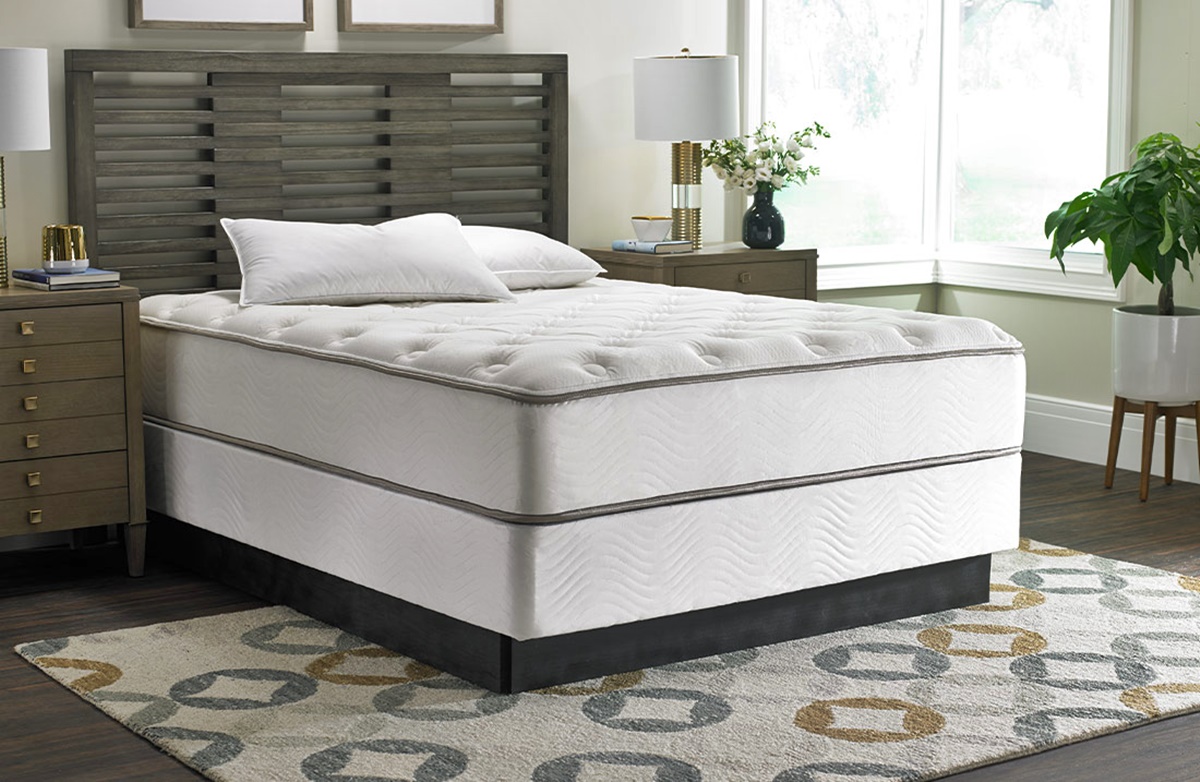
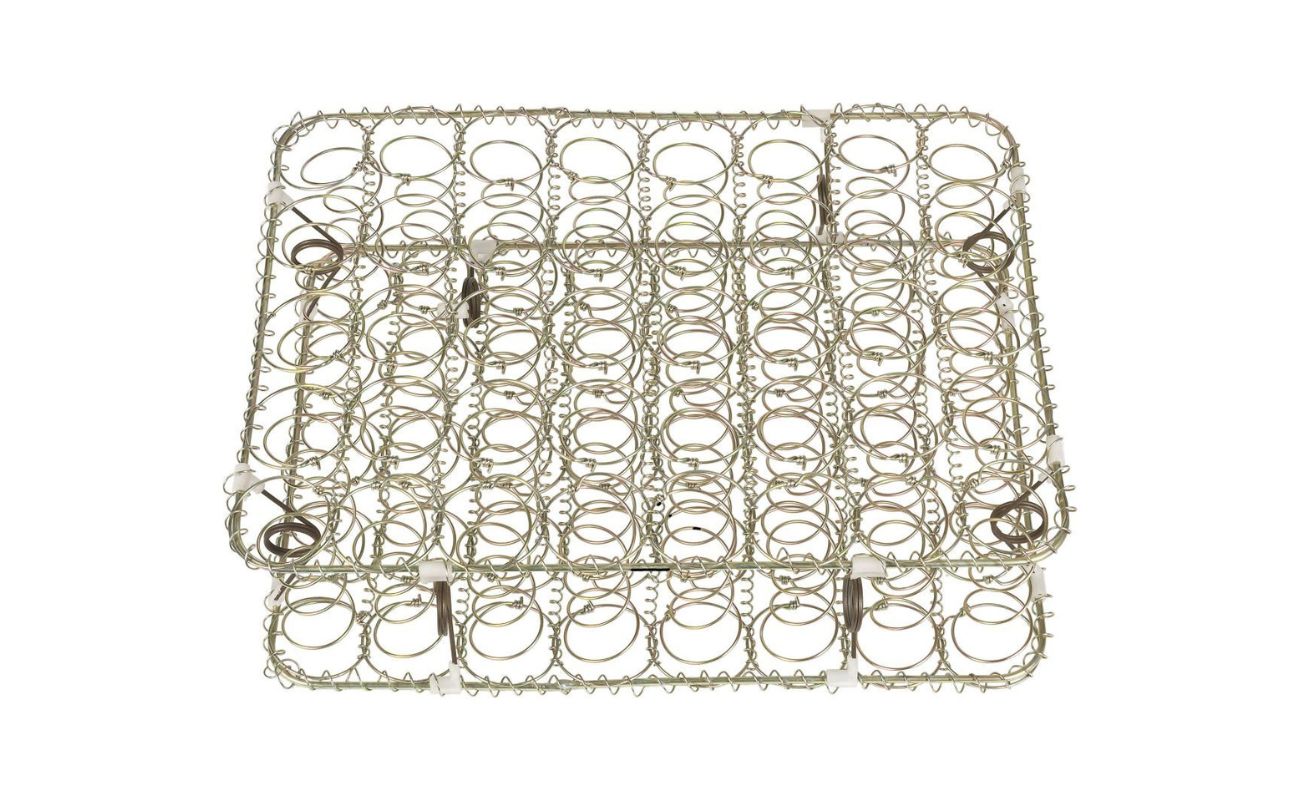
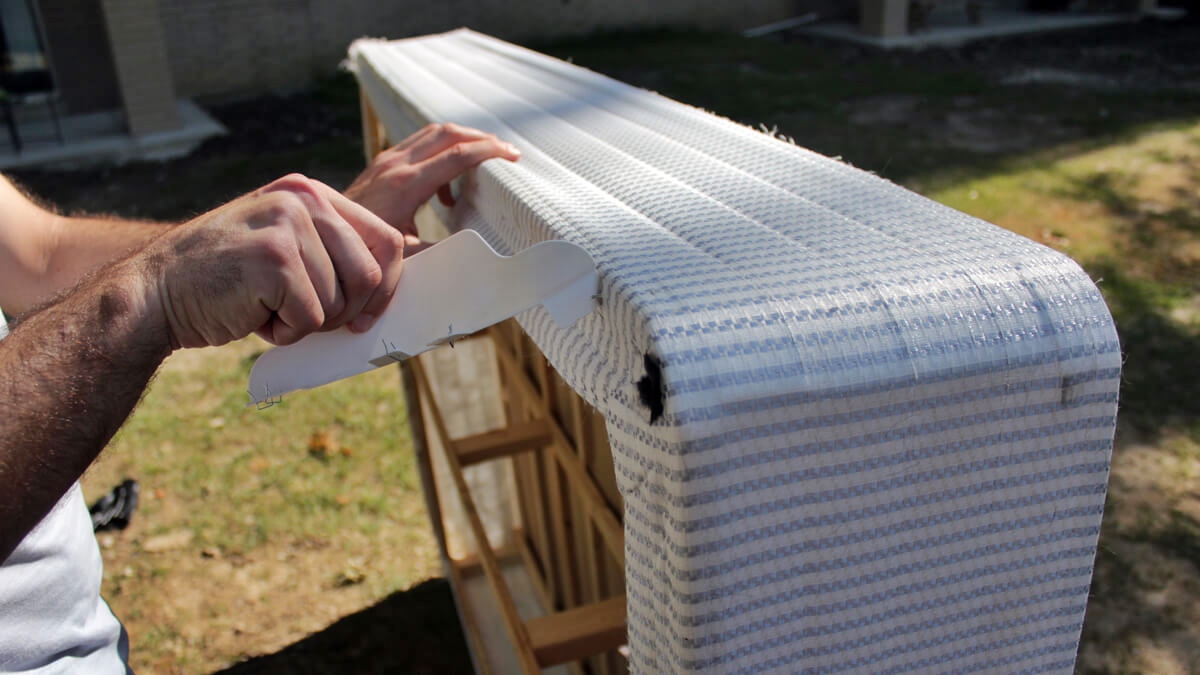




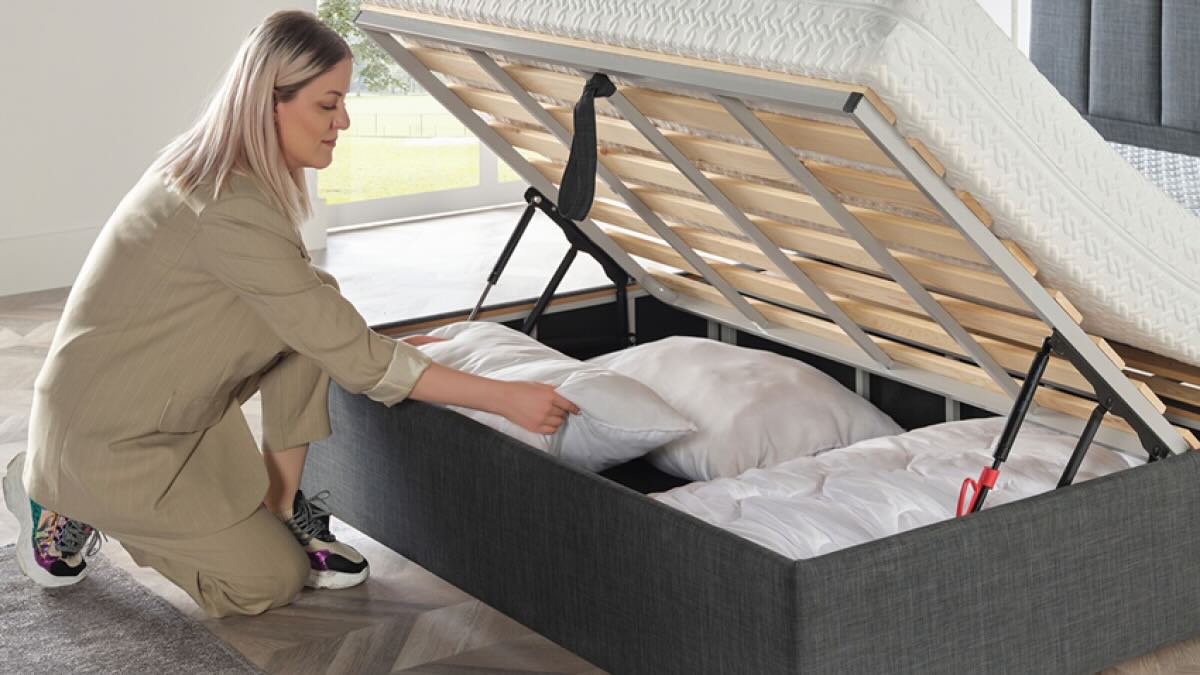
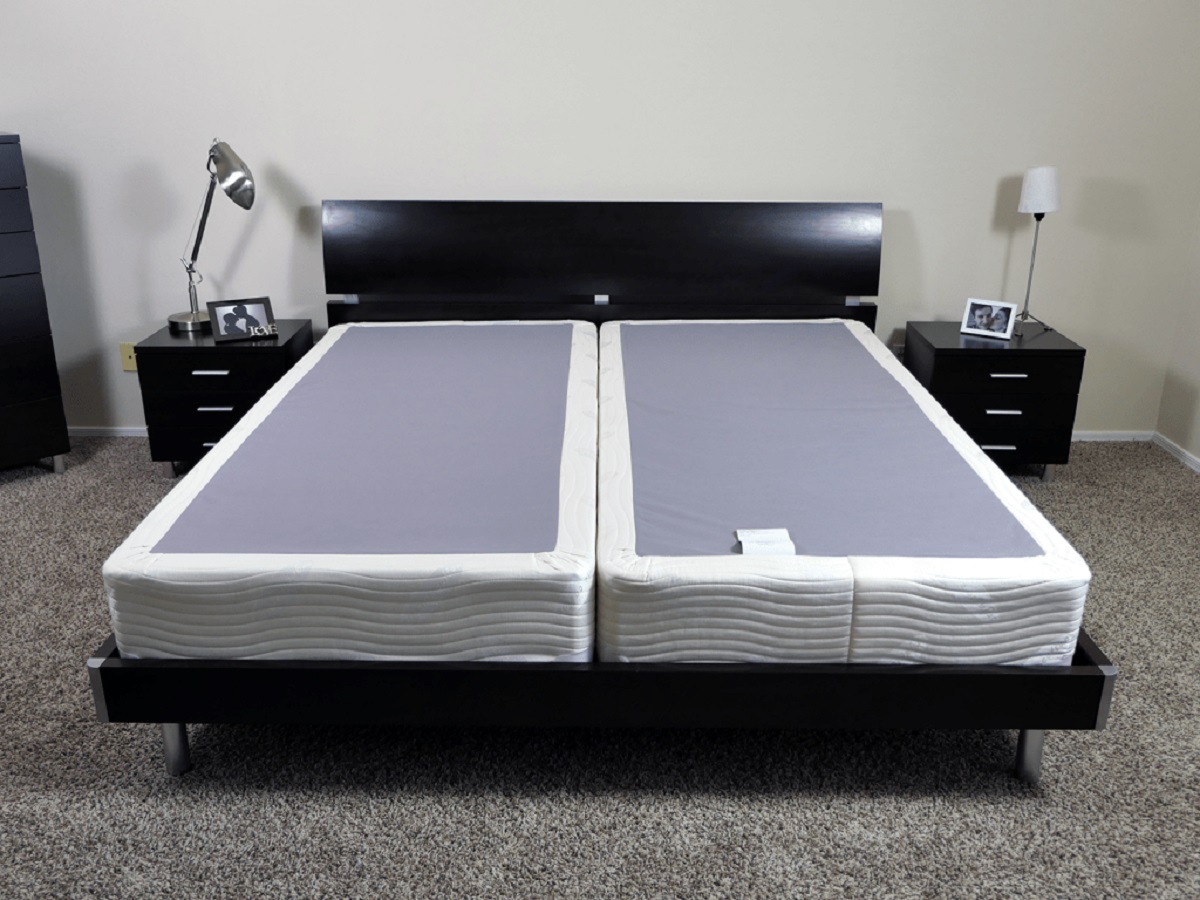


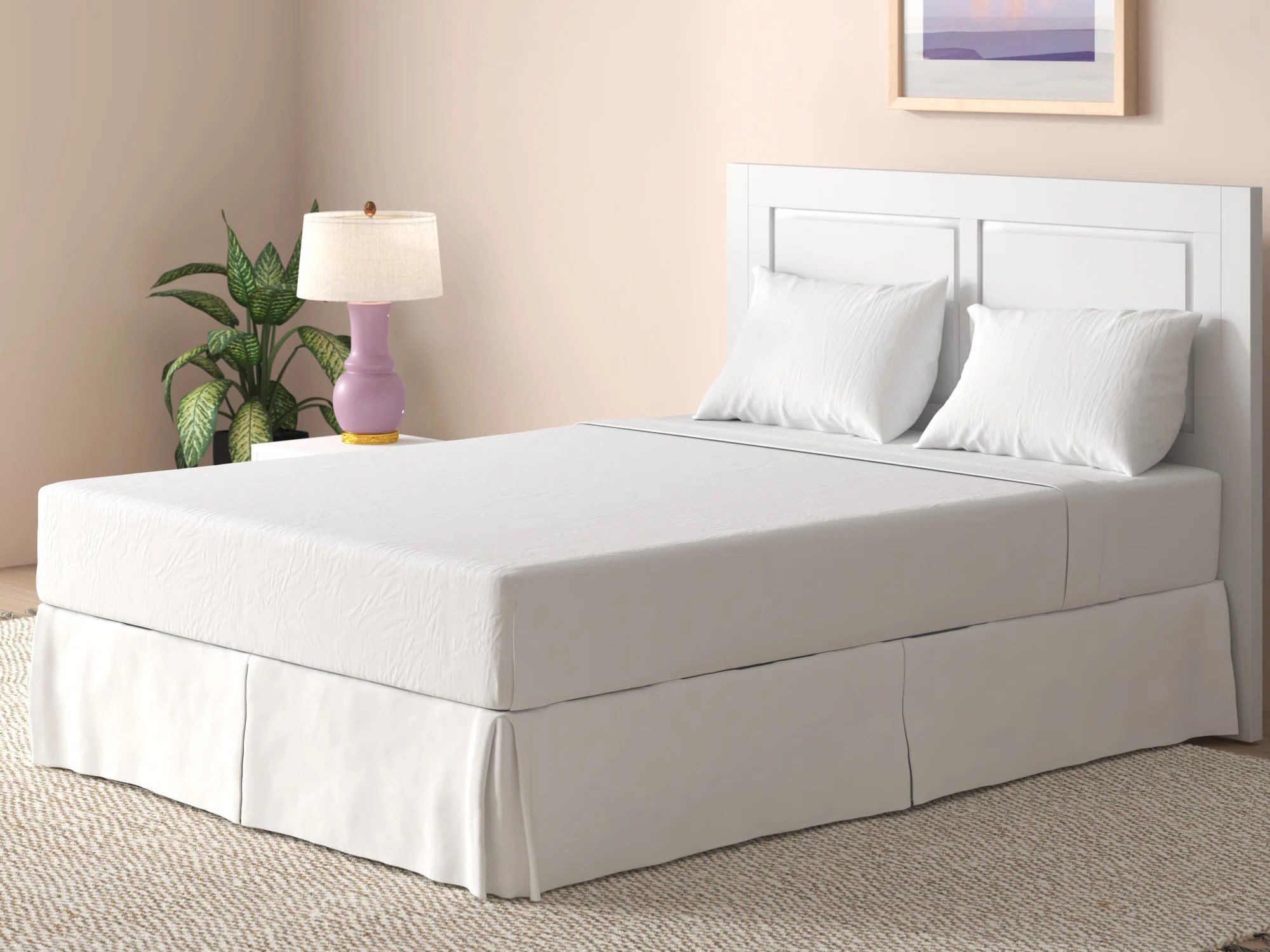



0 thoughts on “How To Store A Box Spring”